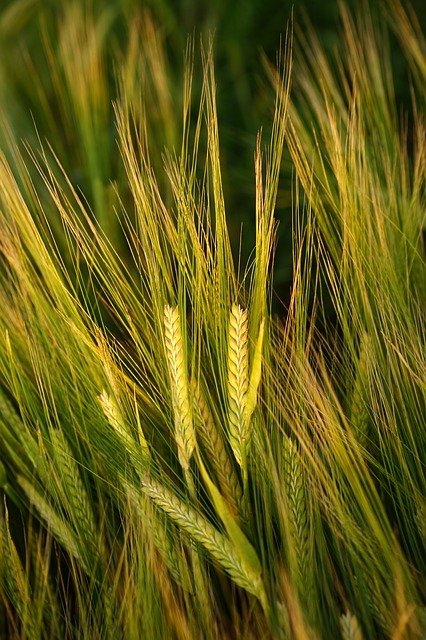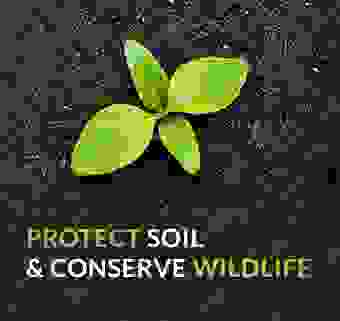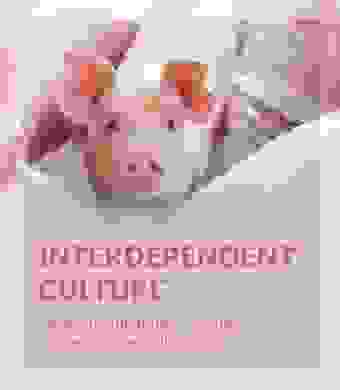Welcome to Supremarts (Farm Key) Organic Farming
Our Field Crop Trips
The term organic farming describes systems that work to mimic and optimize natural processes for the production of crops. Organic growers utilize a wide range of cultural practices and natural inputs to manage crops in a manner they consider safe for the environment and the consumer. Synthetic pesticides and standard commercial fertilizers are not consistent with the organic approach and are prohibited.
The use of planned crop rotations that include forage legumes is the key means by which nitrogen is supplied to an organic system.
Cover Crops
Growing legumes as green-manure crops is another means of getting more biologically-fixed nitrogen into the rotation to support corn production. Green-manuring fell out of favor with farmers who could not afford to dedicate a full cash-crop season to this soil-improving practice. Fortunately, greenmanuring has been revived in recent years as new interplanting and off-season cover-cropping schemes have emerged. These allow the farmer to grow and use green-manure crops with minimal disruption to the cash-crop cycle
- Ensiling the corn crop while leaving two inches or less of stubble
- Thoroughly shredding all crop residue prior to plowing
- Clean plowing to thoroughly bury all corn residues
- Burning corn residues in the field


Biological Controls
A number of natural parasites, including Ichneumonid, Braconid, and Trichogramma wasps, help to control ECB populations in healthy agroecosystems where pesticide use is minimal. Several generalist predators such as assassin bugs, damsel bugs, mantids, and spiders also assist. Populations of these beneficials can be enhanced by management practices designed to support their presence and activity. Such practices include cover cropping, strip cropping, and the management of adjacent vegetation to provide refugia for predators and parasites
- Cottonseed meal. Approximate nutrient analysis of 7-2-2. Releases nutrients at a medium to slow rate; tends to make soil acidic. Because of heavy chemical use in cotton culture and the use of solvents to extract the meal, there are severe restrictions on its use in certified organic production.
- Feather meal. Approximate nutrient analysis of 13-0-0. A slow-release material.
- Blood meal. Approximate nutrient analysis of 12-1.3-0.7. Medium-release. Typically very expensive.
- Fish meal. Approximate nutrient analysis of 10-2-2. Slow- to medium-release.
Crop rotation, cover cropping, green manuring, use of livestock manures, and composting are all soil-building practices that do much more than provide nitrogen. By adding organic matter and stimulating biological activity in the soil, these practices make mineral nutrients more available to plants, generate the microbial production of plant-beneficial chemicals (e.g., streptomycin), and improve soil tilth. Manuring, in particular, cycles essential macro-and micronutrients back onto the fields.
Domestic
Overseas
Far East
FAQ’s
Accordion 1
We are into varieties of organic products and natural production processes in Fish Farming, Dual Crop Farming, Dairy Farming, Herb Gardening, Poultry, Bee Farming, Aquaponics, Microgreens Farming and the likes.
Accordion 2
Our Technology (Hardware and Software) is the key. Built with an English version system but enabled with SMS for low learned people in the rural area and a local audio indigenous language translator for real-time reporting which makes it a tool for everyone. Our operations span from pre-farming to post-farming cyclically.
Accordion 3
We will go to the rural farmers, discuss with them on their products, buy them, prepare them for the next phase of planting. We take care of the Logistics and also manufacture some of it into finished wholesome product with our customized markets, stores and marketing strategy to get to the customers.


